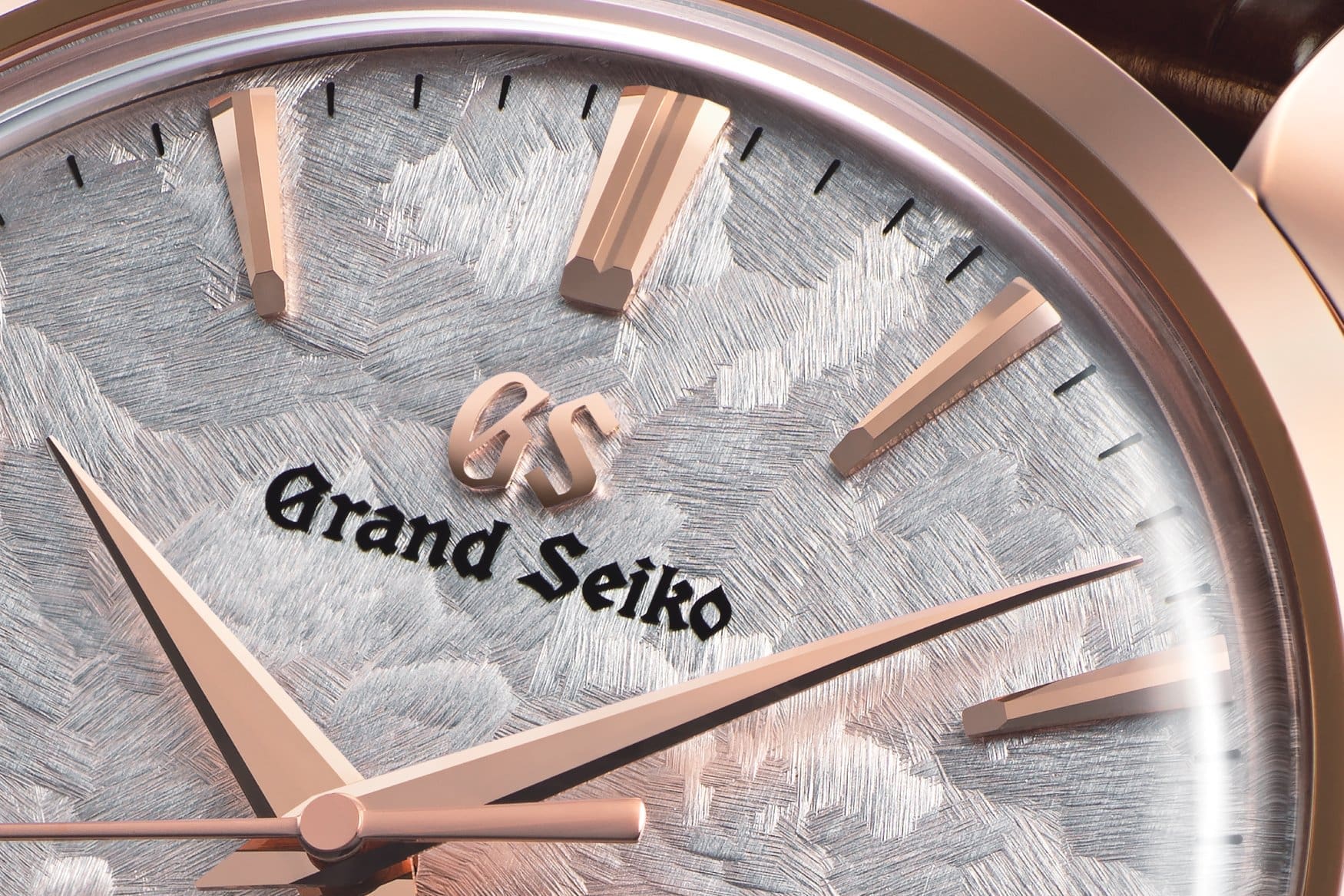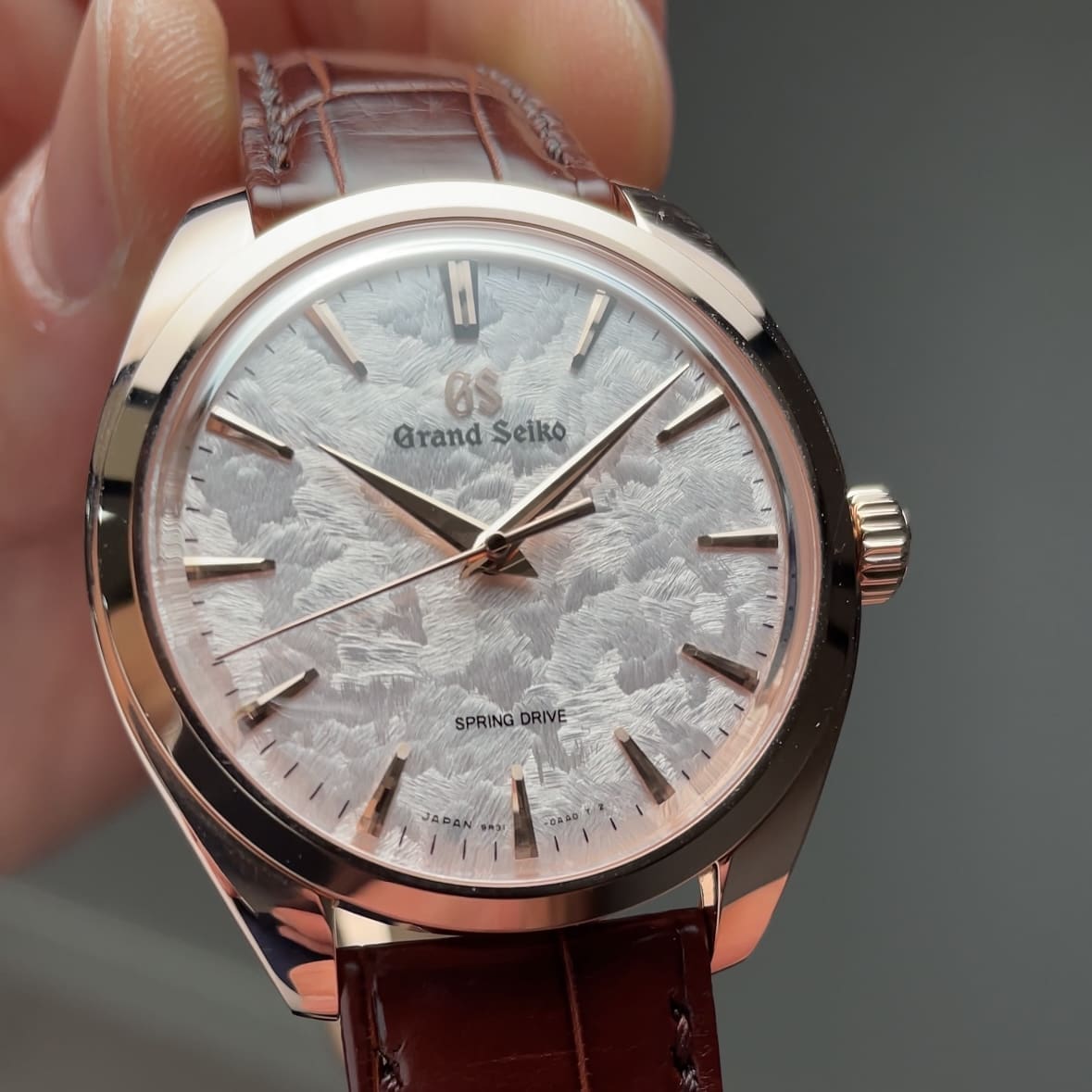Understanding Grand Seiko design at a deeper level with GS designer Akira Yoshida
Zach BlassGrand Seiko has attracted a wide base of watch enthusiasts to their products. Previously an underdog trying to break through in regions outside of Japan, there has to be some special quality to the DNA of their watches to garner attention away from usual suspects like Rolex and Omega. Irrefutably the special ingredient in the mix is their distinct grammar of design that’s driven by their proud Japanese influence. To find out more, I sat down with Grand Seiko designer Akira Yoshida.
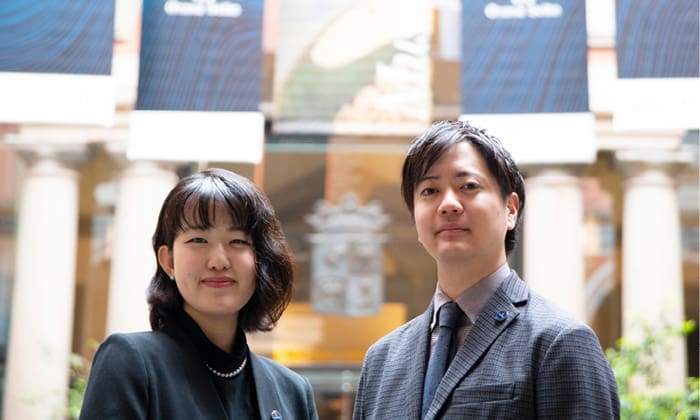
“Nature-inspired” and “Zaratsu” are the obvious buzzwords most people are familiar with in connection to the Grand Seiko brand. But the roots of their designs dig deeper and beyond simply the nature surrounding their various workshops. At its core, Grand Seiko design is driven by Japanese philosophy as a whole – of which nature is simply one of many components.
Yoshida explains: “Since traditional times, the sense of practical beauty has been valued in Japanese aesthetics and design. It’s about more than just what you see on the surface. So every Grand Seiko piece is designed on this philosophy of functional beauty. As much as possible, we try not to include unnecessary excessive details and our process is to eliminate to what is only necessary.”
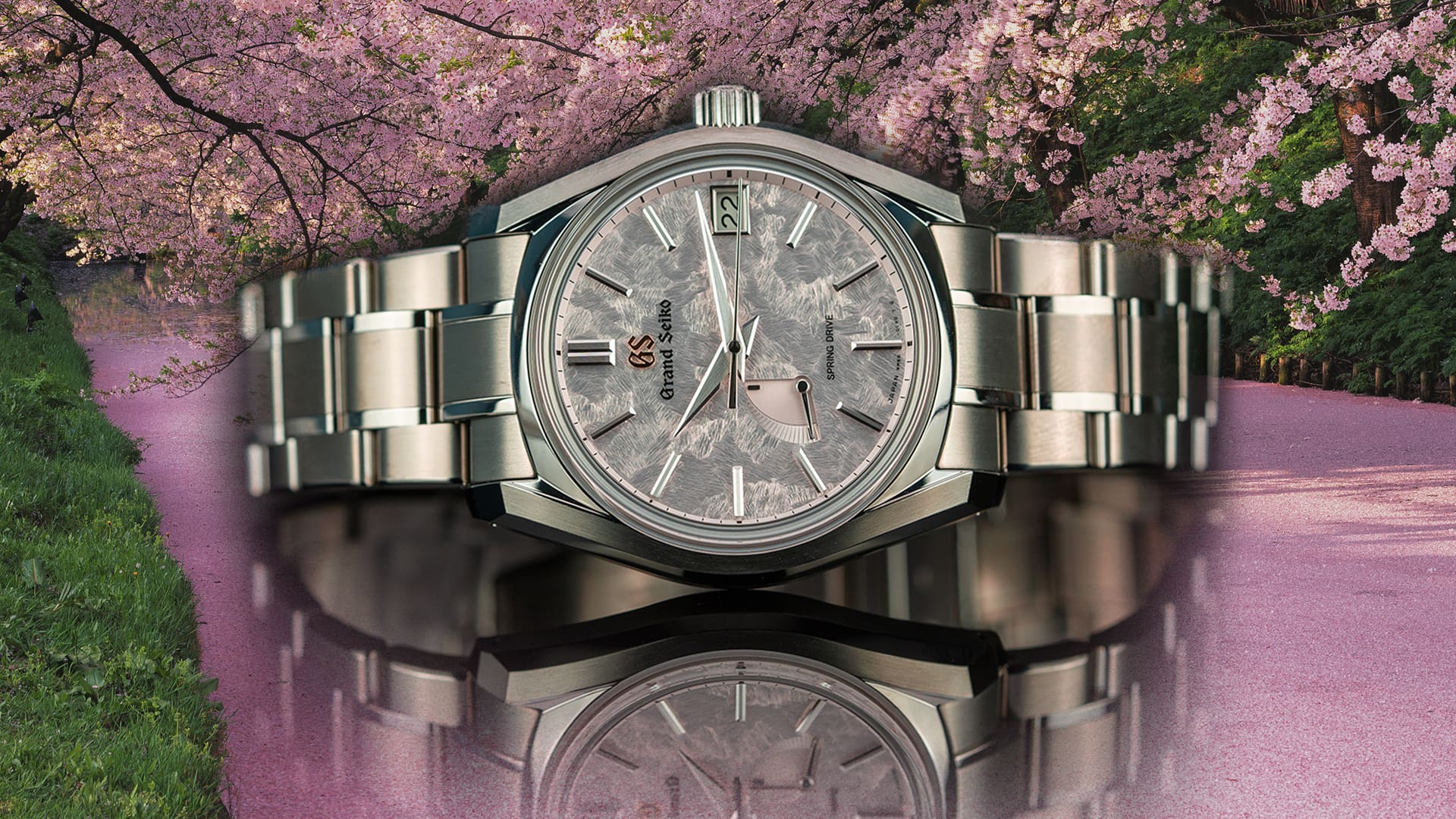
This is why, although bolder in colour and texture expression by comparison to traditional Swiss brands, Grand Seiko expressions such as the rock-patterned Shunbun “Cherry Blossom” dial remain clean and classic – like timeless artworks. These dials are meticulously planned and developed, a highly collaborative process between designers and artisans. I asked Yoshida about the process of development for their dials, such as the Shunbun, to which he explained: “In the very beginning of the process, when we think of the basic pattern, we come up with several sketches, designs, several images for inspiration, and then we talk to the artisans. They are people who actually make the designs, and then we come up with something that we can create together.
“Many of the dial patterns, the mother pattern, the mold is made by hand by the artisans. So in many cases, the dial does sort of express or demonstrate the touch of that particular artisan. Many times our dial patterns are made, and as a designer also, we rely on the sensitivity of that particular artisan, and then we make it many times until we come up with the perfect design.”
This hand-born mold, that is then used to press into dial-plates, is a process used by elite brands such as Patek Philippe and Audemars Piguet. Yet, the final Grand Seiko product is typically far more approachable in retail price – underscoring one of many areas that exemplify the value-for-money their watches offer.
We also touched on the notion of colour, which again, with dials like the SBGA413 Shunbun or SBGA211 “Snowflake” are immediately clear in intention – a subtle pink evocative of cherry blossoms and a crisp white for freshly fallen snow. But probably the most significant colour in their arsenal is indigo blue. Yoshida explains: “In traditional Japanese design, the Japanese have many times worn the colour blue or indigo. It’s sort of the national color which some people refer to as Japan blue. This is a signature colour of Japan, so we like to utilise that signature colour for what we think is a signature watch brand for Japan.”
This is why it is no coincidence that significant pieces, such as the Grand Seiko SLGC001 Tentagraph (the first Grand Seiko watch to use a fully-mechanical chronograph calibre) and the SLGH003 (one of many 60th anniversary-celebrating watches outfitted with a sunburst indigo blue dial that was the first stainless-steel model equipped with their innovative 9SA5 calibre) utilised this particular hue of blue.
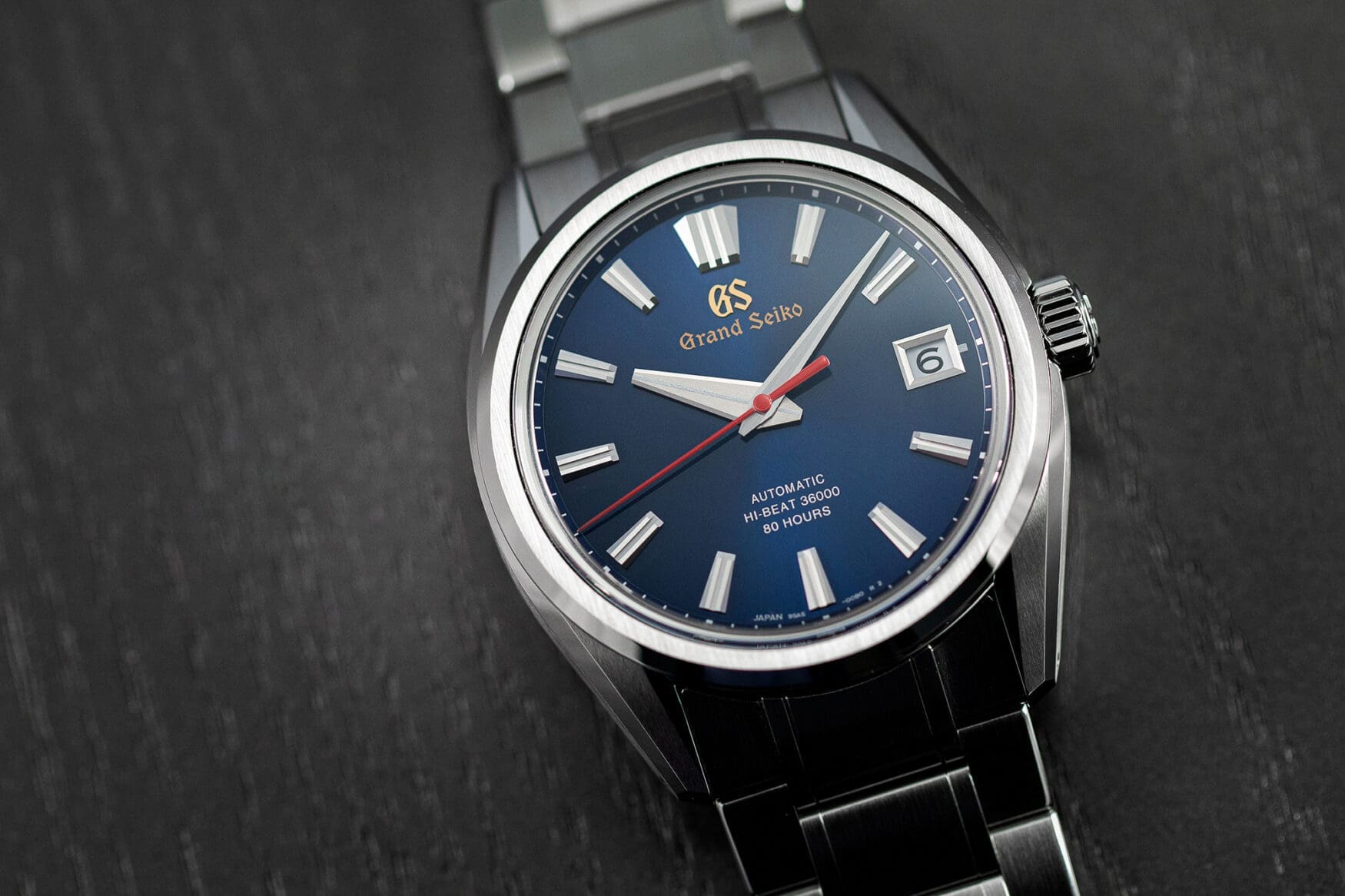
With such a range of expression through colour, texture, and design propelled by Japanese philosophy already in their catalogue, I probed Yoshida to find out if there was any design-ground they had yet to tackle that he personally would love to explore. For context in regard to his response, it is crucial to be familiar with their “Seasons” collections – the first the “four seasons” collection that encapsulated winter, spring, summer and fall as well as the “Sekki” collection that showcased a selection of the 24 phases within the four traditional seasons. But these expressions captured single moments in time. Yoshida, however, aspires to create designs that push the level of dynamism further – encapsulating the transition rather than the moment. Put simply, imagine a single watch that conveyed all four seasons rather than having interpretations across four watches.
Yoshida explains: “The Japanese find beauty in gradual changes. For example, like a cherry blossom, instead of just focusing on the state of it being in full bloom, the process, the gradual change from it, from being a small state to gradually blooming, that process itself is a beauty that we find. Taking that analogy as an example. There are so many various moments that if you just picked one moment, each expression is different than the cherry blossom. As a designer, I would like to create Grand Seiko watches where you take a single watch in a single dial, and you look at it from various different angles. And it shows a completely different expression. That’s the sort of design approach I’d like for the future. ”
How cool would that be? A seemingly holographic dial that changes the season of expression based on angle. Yoshida, you certainly have my interested piqued.




